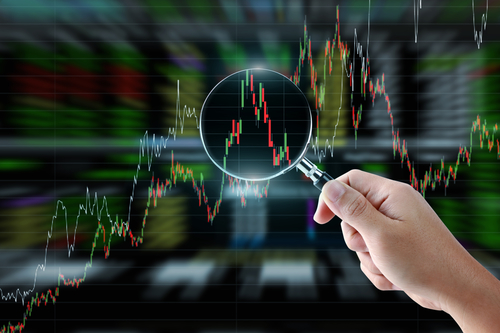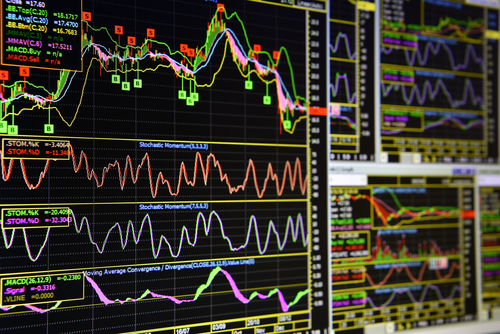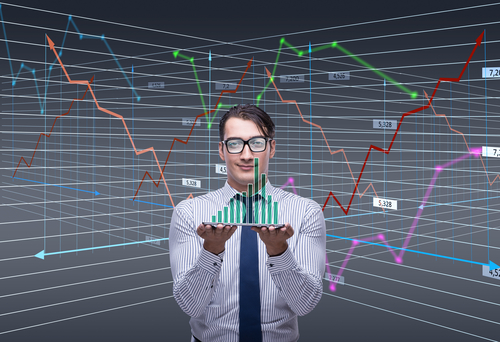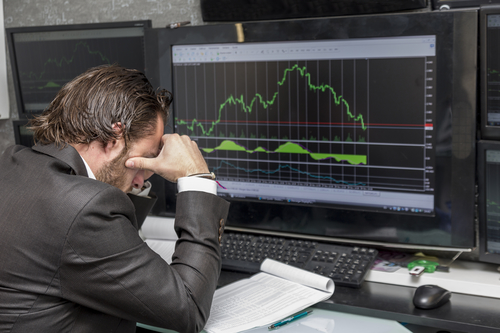

Get updates on
new Options articles geared
at improving your trading consistency by providing your email address below!
by registering you agree to our
Privacy Policy
Never Overlook Support and Resistance Levels
Understand how the market moves, and you increase your odds of success.
In theory, markets are pushed higher and lower by fear and greed -- two of the strongest psychological drivers of all assets.
For example, many times you’ll hear technical analysts refer to the ongoing tug of war between bulls and bears, or the struggle between buyers, which represent demand, and sellers, which represent supply. When looking at fear and greed on a chart, we begin to look at the technical parameters of support and resistance, or a price floor or ceiling.
Technical Analysis: RSI Can Lead to 80% Success
Traders are often told to buy excessive fear or greed.
Unfortunately, many aren’t aware of when to actually pull the trigger, or realize when fear or greed have gotten way out of control.
But there’s a simple way to know exactly when to buy and when to sell.
Trading Strategy: The Best Time to Buy Excessive Fear
The best time to buy fear is when there’s too much of it.
But who in their right mind can tell when there’s just too much?
Honestly, any one can.
You just have to know what you’re looking for with over-extensions on the Volatility Index (VIX) along with its upper Bollinger Band (2,20) and Williams’ %R.
Volatile Markets: The Key Things to Always Remember
Volatility has been severe in 2018.
After watching the Dow Jones Industrials explode from 24,809 to a high of 26,616, the bottom appeared to fall out starting February 2, 2018, as the Dow fell 665 points.
The Dow would fall another 1,175 points on February 5, and another 1,032 points on February 8, 2018. On March 1, 2018, the Dow would fall another 420 points.
How to Spot Profitable Opportunities
One of the worst things that traders still do to this day is ignore stocks at 52-week lows, even when it comes to the biggest stocks in the world.
But to be honest with you – that’s exactly when you want to buy. When everyone else is selling and becoming fearful of big named stocks, buy.
The question then becomes – how can we tell where the bottom is?
We simply abide by what herd mentality and momentum is telling us, which we can decipher using several technical indicators and fundamental analysis.
Portfolio Protection: Why It Is Important to Hedge in 2018
In early 2018, the reins of the Federal Reserve were handed to Jerome Powell.
With it, came concerns the central bank could raise interest rates.
Of course, it had many on Wall Street terrified of a potential market downturn like we saw at the start of February 2018 and again in March 2018.





